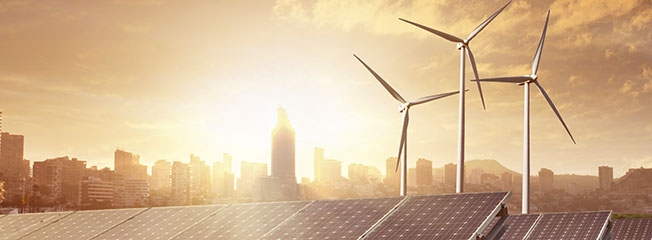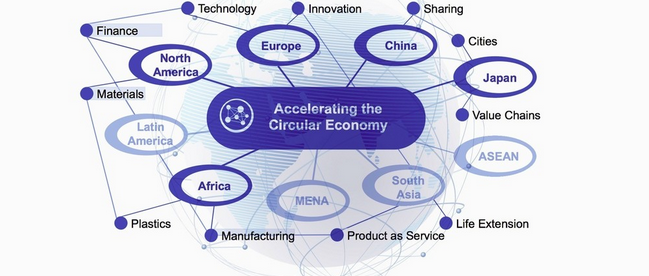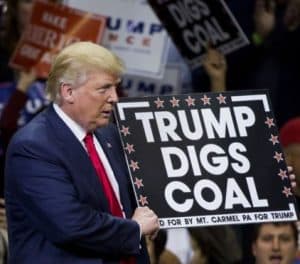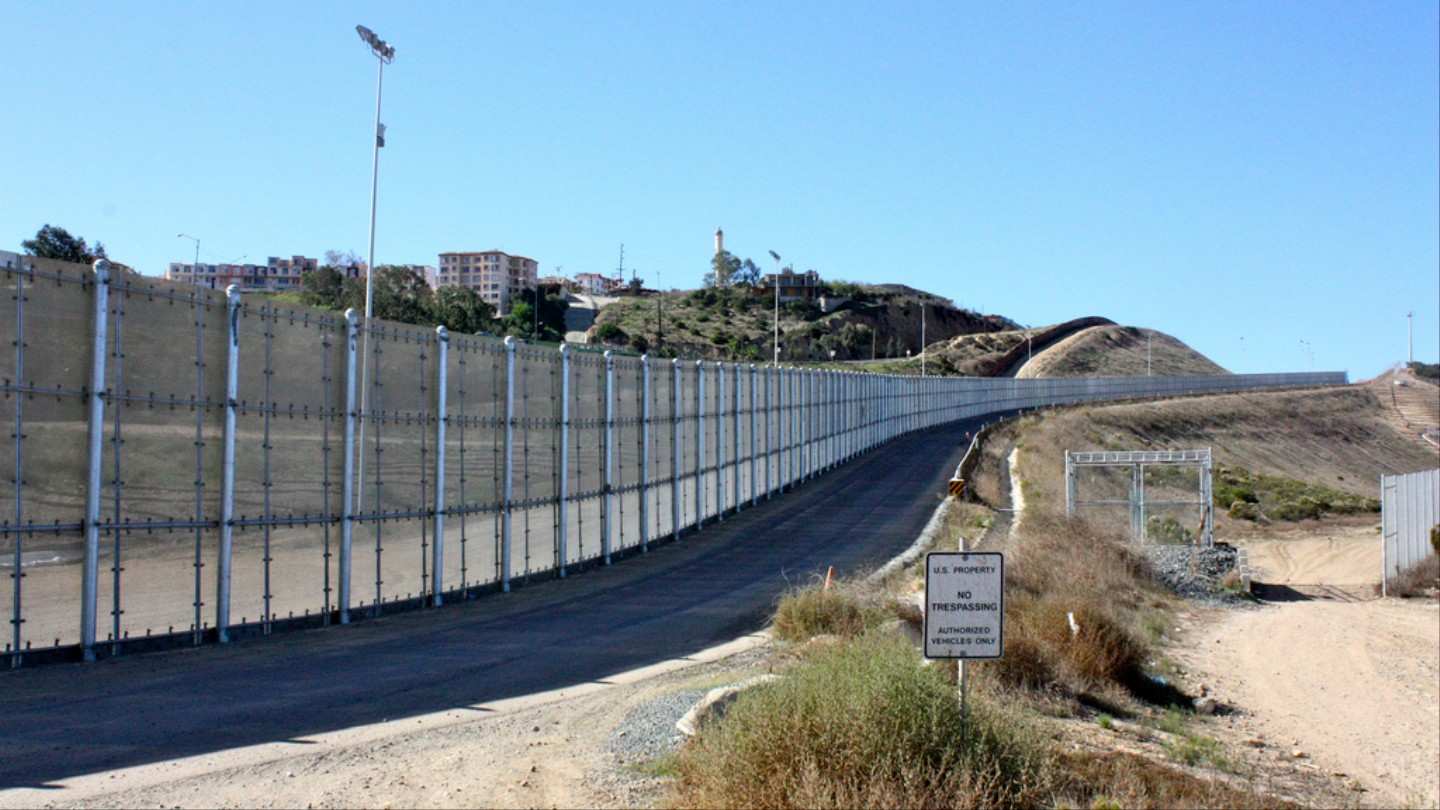Smart Cities Initiatives
Covenant of Mayors
The Covenant of Mayors is the mainstream European movement involving local and regional authorities, voluntarily committing to increasing energy efficiency and use of renewable energy sources on their territories. By their commitment, Covenant signatories aim to meet and exceed the European Union 20% CO2 reduction objective by 2020.
MONI - Monitoring Action Plans
SEAP - Sustainable Energy Action Plan
SIGN - signatories
EIP-Smart Cities and Communities Market Place
The European Innovation Partnership on Smart Cities and Communities (EIP-SCC) is an initiative supported by the European Commission bringing together cities, industry, SMEs, banks, research and other smart city actors. The EIP-SCC consists of the High Level Group (supported by its Sherpa Group) and the Market Place. The EIP-SCC Market Place has been designed for those who are active in the area of Smart Cities and are willing to know more about ongoing and foreseen activities throughout Europe.
Frequently Asked Questions (FAQ) [PDF]
Search the Commitments database
CITYKeys
The CITYkeys project addresses challenges such as the transition to low carbon, resource-efficient cities and the uptake of innovative and smart solutions. It aims to speed up the transition by facilitating and enabling stakeholders in projects or cities to learn from each other, create trust in solutions, and monitor progress, by means of a common performance measurement framework, that will also increase confidence that the existing solutions can also be applied in other contexts and cities.
CIVITAS
The CIVITAS initiative was launched in 2002 to redefine transport measures and policies in order to create cleaner, better transport in cities. Over the past decade CIVITAS has managed to test over 800 measures and urban transport solutions, supported by the intensive exchange of good practices in the field. There are many ways to be involved in CIVITAS. Your city can be part of a demonstration project and develop a set of activities. You can also become a member of the CIVITAS Forum Network and participate in the exchange of experience, or join one of the National Networks.
Green Digital Charter
The Green Digital Charter commits cities to reducing emissions through ICT and promoting progress in tackling climate change through the innovative use of digital technologies. The commitments are: A. work with other signatory cities on ICT & energy efficiency, B.deploy 5 large-scale "ICT for energy efficiency" projects within 5 years, C. decrease ICT’s direct carbon footprint by 30% within 10 years.
European Energy Award
The European Energy Award supports municipalities willing to contribute to sustainable energy policy and urban development through the rational use of energy and increased use of renewable energies. There are more than 1,300 municipalities participating today.
BUILD UP: The European portal for energy efficiency in buildings
BUILD UP is an environment for building professionals, local authorities and building occupants. BUILD UP promotes the exchange of best practices available across Europe for implementation of energy-saving measures in buildings.
SETIS: Strategic Energy Technologies Information System
SETIS plays a central role in the successful implementation of the SET-Plan by helping to identify energy technology and RD&D objectives, striving to build consensus around the SET-Plan programme, identifying new opportunities, and assessing the effectiveness and efficiency of the SET-Plan in delivering energy and climate change policy goals.
Energy Cities
Energy Cities is the European Association of local authorities in energy transition. The association created in 1990 represents now more than 1,000 towns and cities in 30 countries. Its main objectives include strengthening cities’ role and skills in the field of sustainable energy, representing their interests and influencing EU policies, and exchange of experiences, transfer of know-how and the implementation of joint projects.
European Energy Research Alliance (EERA) Joint Programme Smart Cities
The Joint Programme on Smart Cities aims to develop new scientific methods, concepts and tools designed to support European cities in their transformation into smart cities. The key focus is on large-scale integration of renewable energies and enhanced energy efficiency, enabled through smart energy management at city level.
Application of EU’s Emissions Trading System rules improving
Application of EU’s Emissions Trading System rules improving
Image © Krzysztof Szkurlatowski; 12frames.eu
The EEA report ‘Application of the European Union Emissions Trading Directive in 2015’ provides an overview of the information reported in 2016 by EU Member States on the implementation of the EU Emission Trading System Directive until 2015.
The assessment identified four areas where the directive was implemented well. These include: the use of certain flexibilities to reduce administrative burden for smaller emitters; the completeness of sampling plans to better determine emissions; the use of more accurate methods by installations for measuring emissions; and the decreasing number of complaints against accredited companies in charge of verifying emissions reports.
Areas for improvement
Several areas were identified where improvements would enhance the application of the EU ETS Directive. These include in particular: better reporting by operators on possible improvements to monitoring; more detailed verification procedures; better reporting of biofuel use and better implementation of monitoring and reporting requirements by aircraft operators; better notification of authorities by operators on changes to their installations; better coordination between different authorities within countries; or improved reporting by countries on penalties for non-compliance.
Background
The report is prepared by the EEA and its European Topic Centre for Air pollution and Climate Change Mitigation (ETC/ACM). Under Article 21 of the EU ETS Directive, EU Member States must report to the European Commission every year on their progress in implementing the directive. This assessment is based on a questionnaire which the EEA uses as a basis for its evaluation.
Related content
The 2017 Offshore Wind Executive Summit: The Parallels of Wind, Oil and Gas
About Offshore Wind Executive Summit
The U.S. is on the brink of a booming offshore wind industry – are you ready? The 2017 Offshore Wind Executive Summit: The Parallels of Wind, Oil and Gas will bring together decision makers from wind and offshore oil and gas, both from the U.S. and Europe. Using many of the same technologies—design, foundations, vessels, cabling and a highly skilled workforce—offshore O&G experts play an important role in the advancement of U.S. offshore wind. The Offshore Wind Executive Summit will provide the forum to establish new business relationships. Educate yourself on the current market including project development, important policy issues and the complicated supply chain. This event will give attendees the chance to develop what is necessary to advance the U.S. offshore wind industry.

REGISTER TODAY & SAVE!
Early Bird Discount Ends June 1st
Save $200 on your registration when you register now!
7 Crazy Things That Are Going To Happen As Sea Levels Rise
Headline: 7 Crazy Things That Are Going To Happen As Sea Levels Rise
Meta: Sea levels are currently rising, and that’s not good. But what exactly is going to happen. Here are 7 crazy things.
H1: 7 Crazy Things That Are Going To Happen As Sea Levels Rise
In the movie The Day After Tomorrow, the entire earth is struck by a catastrophic weather pattern that causes a massive rise in sea levels and ushers in a new ice age. It’s a pretty cheesy movie that is high on special effects and low on quality acting.
How likely is an event like that? Will we be struck by some sort of rogue storm that transforms the face of the planet?
Probably not.
But we do know that sea levels are rising and it certainly is changing the face of the earth. Although it’s happening at a much slower rate, the long term effects will be incredibly devastating.
In this post we’re going to explain why sea levels are rising, what will happen as a result, and how cities are preparing for it.
Why Are Sea Levels Rising?
City of London. Image Via
There isn’t much doubt that sea levels are rising. From 1880 - 2009, the global sea level rose approximately 8 inches. That means that all the oceans are now approximately 8 inches higher now than they were 150 years ago.
Even more frightening, the average annual rate of the global rise dramatically increased from 1993 - 2008, up 65 - 90 percent over the previous years. The waters are rising faster, with the U.S. East Coast and the Gulf of Mexico increasing the fastest.
But why is this happening? Several reasons:
Energy and Renewables in Turkey (Türkiye)
Energy and Renewables in Turkey (Türkiye)

Turkey has become one of the fastest growing energy markets in the world, paralleling its economic growth over the last ten years. Following the successfully implemented privatization program in the said period – power distribution is now completely in private sector hands, while the privatization of power generation assets is set to be completed within the next few years – has given the country’s energy sector a highly competitive structure and new horizons for growth.
Economic expansion, rising per capita income, positive demographic trends and the rapid pace of urbanization have been the main drivers of energy demand, which is estimated to increase by around 6 percent per annum until 2023. The current 74 GW installed electricity capacity is expected to reach 120 GW by 2023 to satisfy the increasing demand in the country, with further investments to be commissioned by the private sector. As part of its efforts to offer sustainable and reliable energy to consumers, Turkey offers investors favorable incentives, such as feed-in-tariffs, purchase guarantees, connection priorities, license exemptions, etc., depending on the type and capacity of the energy generation facility.
Programme on Ecosystem Change and Society (PECS): Knowledge for Sustainable Stewardship of Social-ecological Systems

Circular Economy
Circular Economy

Transforming to a circular and sharing economy decouples manufacturing, production and consumption systems from natural resource constraints whilst optimizing the utilization of assets and democratizing wealth creation opportunities. In a low growth, low employment world, this offers a model for sustainable growth especially when harnessed to the potential of the 4IR.
Accelerating this transformation requires a simultaneously “glocal” approach - global multi-stakeholder collaboration for large scale systems change (in finance, technology, supply chains), combined with specific localised systems change (in cities, provinces, countries).
By engaging international organisations and multinational businesses at the global level with a group of champion governments, businesses and civil society at the regional/national/subnational level, the project is building a community of purpose to identify and initiate public-private actions that will accelerate this change. The work will manifest in at least 4 regions/countries/provinces around the world, including China (Guangzhou), East Africa (Rwanda), Europe (the Netherlands) Latin America, Japan and the United States.
Trump and Climate Catastrophe
Trump and Climate Catastrophe
Topics: Climate Change , Ecology , Political Economy

Photo Credit: BBC, Getty Images.
—Donald Trump, January 2, 20141
The alarm bells are ringing. The climate-change denialism of the Trump administration, coupled with its goal of maximizing fossil-fuel extraction and consumption at all costs, constitutes, in the words of Noam Chomsky, “almost a death knell for the human species.” As noted climatologist Michael E. Mann has declared, “I fear that this may be game over for the climate.”2
The effects of the failure to mitigate global warming will not of course come all at once, and will not affect all regions and populations equally. But just a few years of inaction in the immediate future could lock in dangerous climate change that would be irreversible for the next ten thousand years.3 It is feared that once the climatic point of no return—usually seen as a 2°C increase in global average temperatures—is reached, positive-feedback mechanisms will set in, accelerating warming trends and leading, in the words of James Hansen, former director of NASA’s Goddard Institute for Space Studies and the foremost U.S. climate scientist, to “a dynamic situation that is out of [human] control,” propelling the world toward the 4°C (or even higher) future that is thought by scientists to portend the end of civilization, in the sense of organized human society.4
Trump’s Mexican Border Wall Would Be an Ecological Disaster
Trump’s Mexican Border Wall Would Be an Ecological Disaster

US-Mexico Border Wall in San Diego. Image: Bruno Sanchez-Andrade/Flickr
What we build on the border impacts more than just humans.
President Trump signed an executive order on Wednesday pushing ahead one of his signature campaign stumps—the construction of a massive $14-20 billion wall along the 2,000-mile-long border with Mexico, designed to deter illegal immigrants and drugs from entering the United States.
The wall has faced fierce criticisms from human rights groups for the possible humanitarian disaster it could cause (ask Berlin about this). But if built, the wall could pose another threat altogether: ecological disaster.
A barrier would sever animal populations living in the fragile desert ecosystems of the US-Mexico border from food resources, mates, and important migration routes. Such a disruption would deal an irreparable blow to countless species, including extraordinarily rare ones like the Sonoran jaguar and Mexican gray wolf.
Man-made barriers like roads and fences are some of the most devastating types of development to wildlife.
Donald Trump and “Deep Ecology”
Donald Trump and “Deep Ecology”. Pushing GMOs, Minimizing Environmental Protection
In summarizing environmental issues from the previous year, I would like to say that Donald Trump’s wining of the presidential race was the most significant eco-event of 2016. And all other events, regardless of their apparent importance (from the merger of GMO giants Bayer and Monsanto to the United Nations Climate Change Conference in Marrakesh) pale in comparison when you imagine the possible consequences.

To put it mildly, Trump is famous for his skepticism on global climate change, which he has many times called “Chinese mystification,” and has confessed that he does not believe in the “human-caused nature of global warming,” and many of his teammates share these views.
Thus, Oklahoma Attorney General Scott Pruitt was nominated for the head of EPA, who is a tough critic of green economy and sued the Obama Administration regarding its Clean Energy Incentive Program for reducing greenhouse gases. One American journalist sneered, “If there has ever been a person in the United States to be called an environmentalists’ nightmare, Trump has found him. It is Pruitt.”
But Pruitt is only the tip of the iceberg. Trump’s relationships with brothers David H. and Charles G. Koch, American tycoons and key sponsors of far-right wing of the GOP, in particular the Tea Party movement, bring more sense in understanding his “environmental agenda.” They uphold libertarian “anarchist and capitalist” views and believe that the role of government in all social areas, including environmental protection, should be minimized.
Being worshippers of the oeuvre of Ayn Rand (Atlas Shrugged) and economist Friedrich von Hayek (The Road to Serfdom), the Koch brothers dream of a society with the ruling “invisible hand of the market” and “entrepreneurial genius.” In this worldview, genuine businessmen are “the heroes of the present-day Wild West.” Such problems like the greenhouse effect, groundwater contamination during shale gas extraction and harm from GMOs should not worry them any more than the fate of the American Indians worried the Old World colonists.
Newly elected US Vice-president Michael Pence’s ties with the Koch brothers have been widely covered in the US Mass Media. But one should not forget Michael Pompeo, a Republican and a member of the Tea Party whom Trump appointed as CIA Director. A congressman from Kansas, Pompeo was one of the central figures for a lobbying campaign by Koch Industries, Inc. and Monsanto against mandatory GMO labeling in the United States.
Ecology & Safety 26th International Conference
Ecology & Safety 26th International Conference
23–27 June 2017, Elenite Holiday Village, Bulgaria







Organized by
- Bulgarian Academy of Sciences
- Union of Scientists in Bulgaria
- Science & Education Foundation, Bulgaria
- Al–Farabi Kazakh National University, Kazakhstan
- Institute of Field and Vegetable Crops, Serbia
- Kavala Institute of Technology, Greece
Topics
Energy, Climate and Global Security in the 21st Century
- Taking action together: the role of ecology in conservation partnerships
- Economy of ecological solutions and management of ecological investments
- Socio–economics in natural resource conservation
- Environmental policy and management
- Greenhouse gas emissions
- Sustainable & clean technologies
- Alternative energy sources for reducing dependence on fossil fuels; Biofuels
- Geophysics; Atmospheric physics; Physical oceanography; Meteorology and hydrology
- Satellite applications in the environment
- Ecology, philosophy, sociology and law
- The media and protection of the environment












